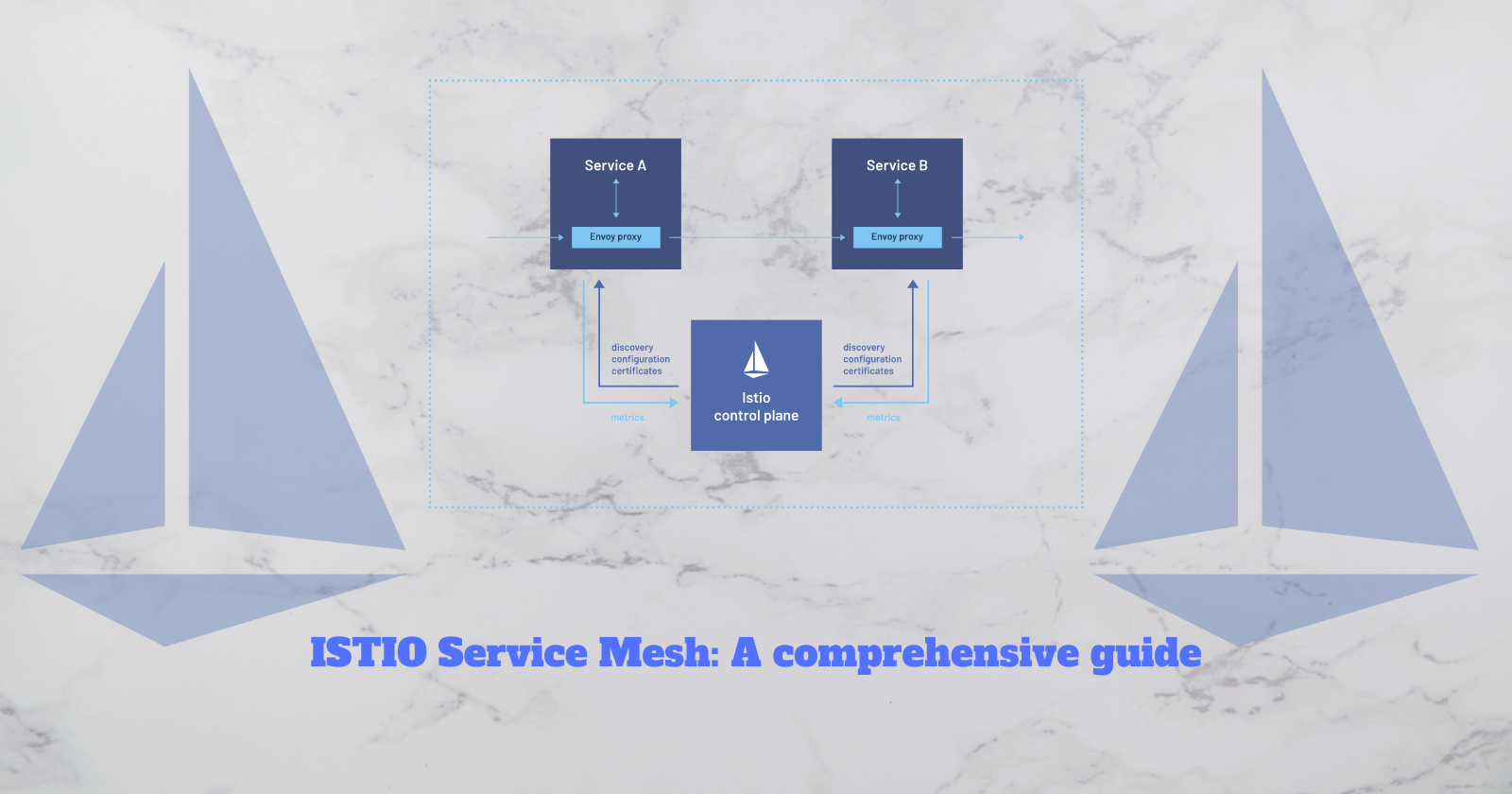Understanding Istio Service Mesh: A Comprehensive Guide
 Abhishek Singh
Abhishek Singh
In the world of microservices, managing communication between services can be a daunting task. This is where Istio and service mesh come into play, simplifying the complex configurations and enhancing the security of applications with sensitive user data.
The Need for Istio
Microservice applications require intricate configurations for services to communicate with each other. This complexity can be challenging to manage, especially when dealing with a large number of services. Moreover, applications handling sensitive user data require a higher level of security, necessitating additional configurations within each application to secure communication within the cluster.
The Role of Istio and Service Mesh
Istio, along with service mesh, allows for the extraction of non-business logic into a separate small application. This abstraction frees up developers to focus on the actual business logic, enhancing productivity and efficiency. One of the most significant features of a service mesh is the traffic split configuration. This feature enables canary deployment, a strategy that ensures new versions of microservices work correctly before directing all traffic to them.
The Evolution of Istio's Architecture
Over time, Istio's architecture has evolved to make it easier for operators to configure and operate. In version 1.5, all separate components were combined into one single Istiod component, simplifying the overall system and reducing the learning curve for new users.
Configuring Istio
With Istio's Custom Resource Definitions (CRDs), operators can configure traffic routing rules, retry rules, timeouts, and other network configurations for service-to-service communication. This flexibility allows for more granular control over the network, enhancing the reliability and performance of the microservice applications.
Monitoring with Istio
Istio's metrics and tracing data can be easily consumed by monitoring servers like Prometheus or tracing servers. This integration provides out-of-the-box metrics and tracing data for the entire microservice application, offering valuable insights into the system's performance and helping identify potential issues before they escalate.
Automatic Monitoring
Istio also allows for automatic monitoring of an application by gathering metrics and tracing information about requests and sending it back to the control plane. This feature ensures continuous monitoring and helps maintain the overall health of the application.
In conclusion, Istio service mesh plays a crucial role in managing microservice applications, from simplifying configurations to enhancing security and providing valuable monitoring data. By understanding and leveraging Istio, developers and operators can focus more on business logic and less on the complexities of inter-service communication.
If you liked this article please leave a like and drop comments.
Thanks
Subscribe to my newsletter
Read articles from Abhishek Singh directly inside your inbox. Subscribe to the newsletter, and don't miss out.
Written by

Abhishek Singh
Abhishek Singh
Hi This is Abhishek Singh, Devops Engineer by profession and Gamer by passion. I'm a devops engineer with more than 3 years of experience in Linux, Monitoring and Devops. I'm huge Open source supporter and Linux lover. In free time I love to play Minecraft and Valorant.